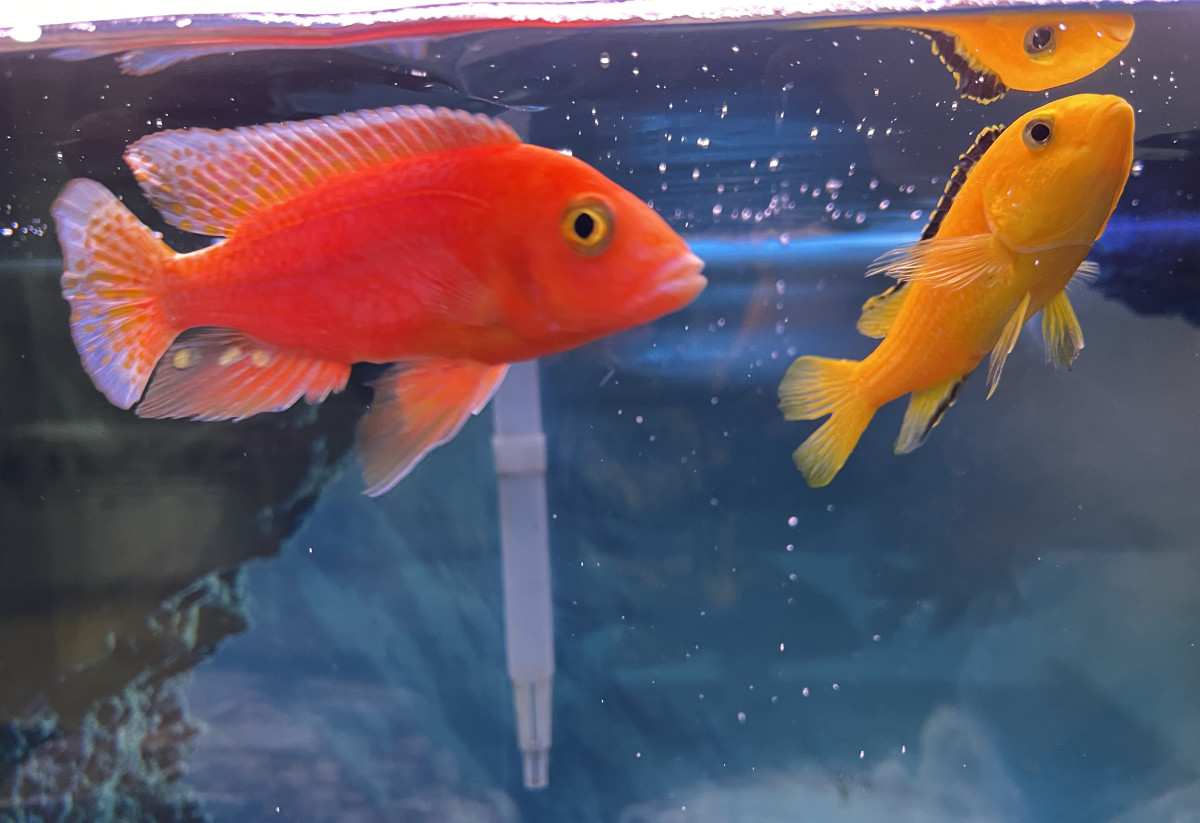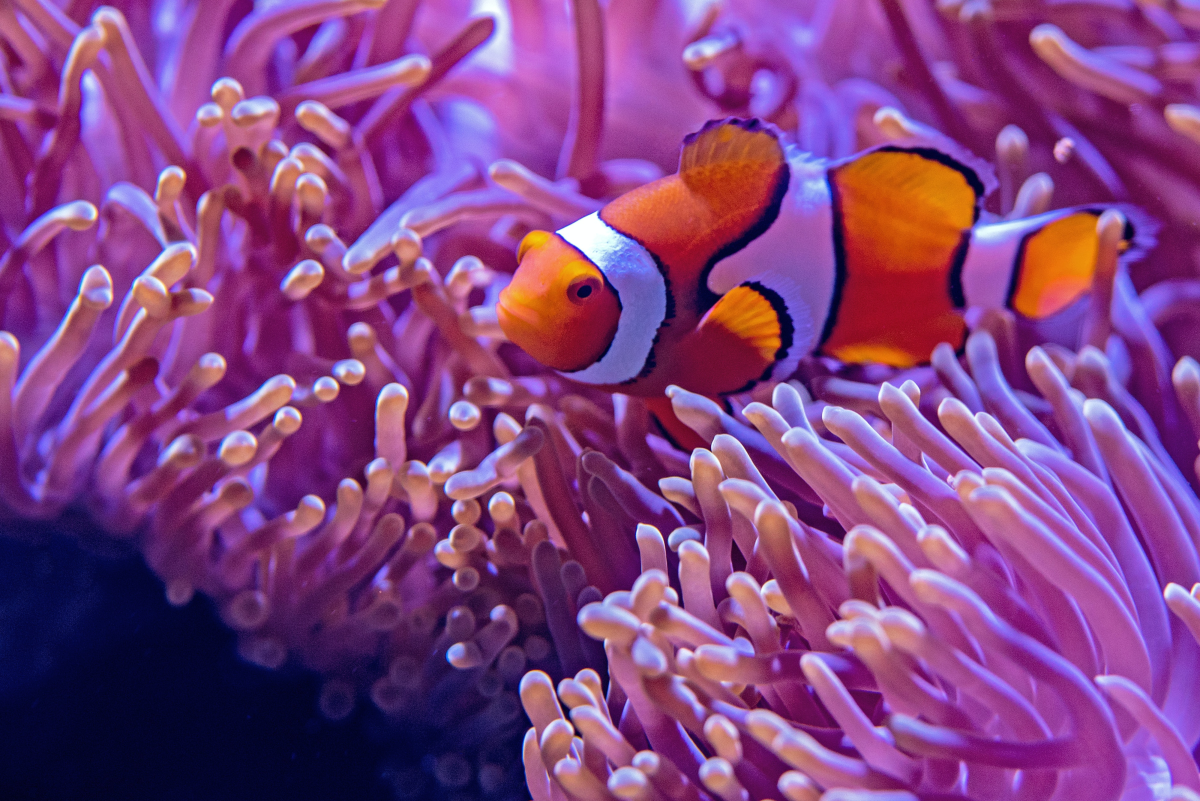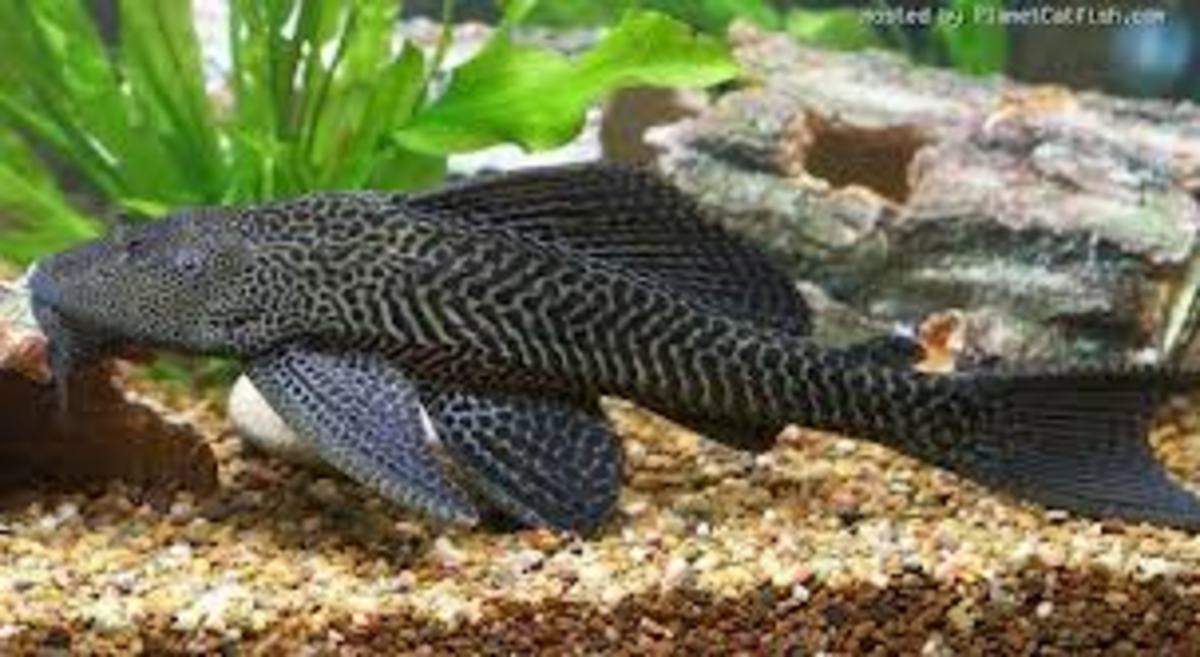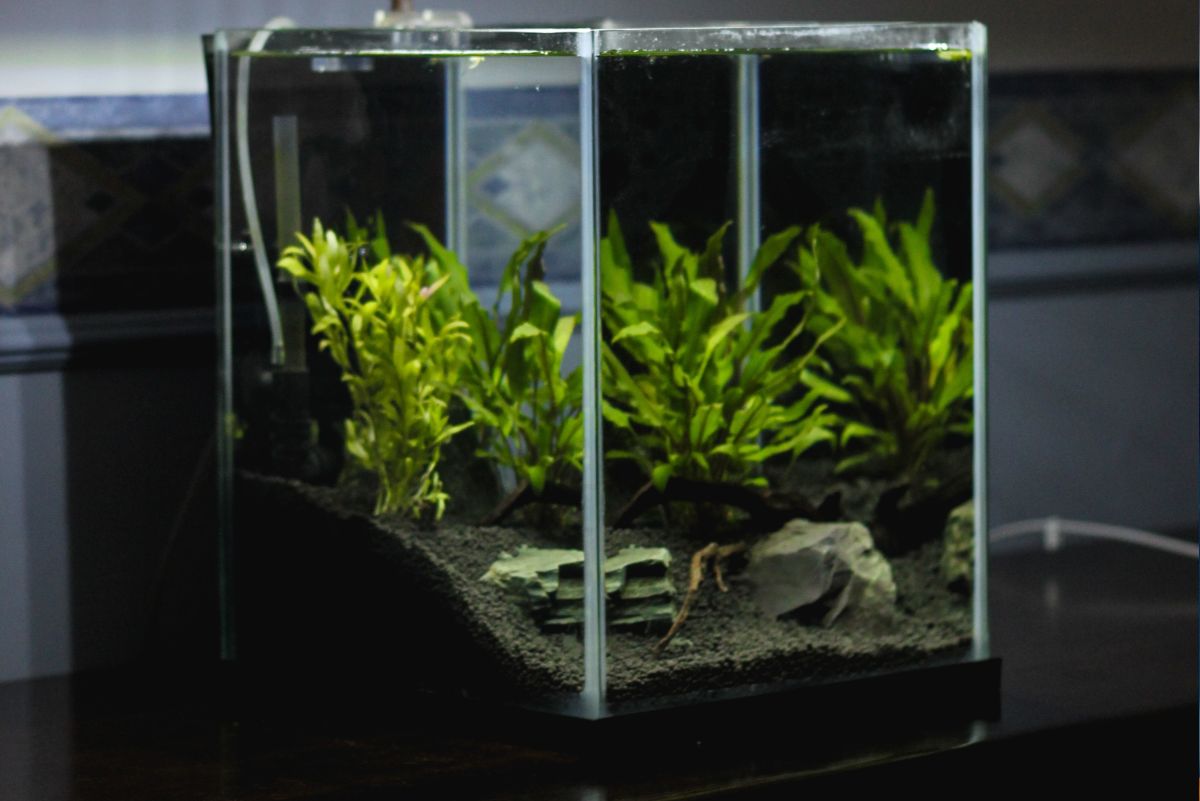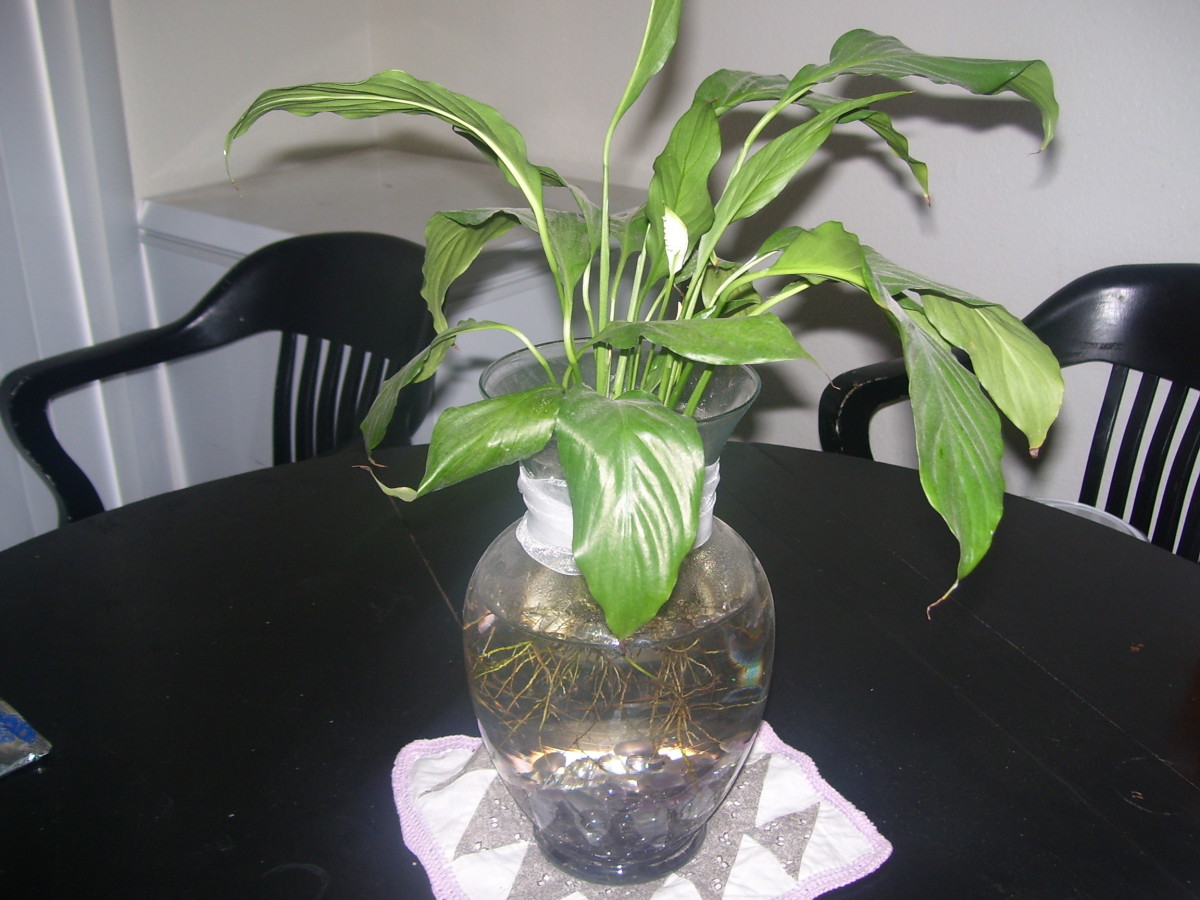- HubPages»
- Pets and Animals»
- Tropical Fish & Aquariums»
- Aquariums & Fishbowls
Aquatics: Investing in Quarantine Tanks, How and Why
The Funeral
You’re standing over the toilet, having a fishie funeral. The dead fish in question is cradled in a net, covered in a white cotton-like substance. You flick the fish in and watch it swirl down into the septic system.
Dang, you knew you shouldn’t have bought fish from that store! It brought home a plague and now all your happy, healthy fish are infected. Stupid impulse buys. To add insult to injury, the fish medication costs more than the fish did.
Fish loss is fairly easy to prevent. Keep a fish in good water quality, feed it good food (but not too much), and keep it stress-free. Unfortunately, when you purchase a fish from the store you don’t know what kind of water it was in or what kind of food it was eating and you know it was very, very stressed! Introducing such a mystery into your healthy, happy tank immediately is inviting in disaster.
5 Reasons Why
1. If the fish is isolated, it is easier to treat. It is much cheaper and easier to treat one fish in a separate tank than to treat an entire tank full of fish. Some medications are harmful to scaleless fish, shrimp, snails, and plants.
2. It is easier to keep new fish straight from old if they look alike. This means that you can monitor the new tiger barb without confusing it with your other 10 tiger barbs.
3. New fish cannot give old fish germs. Most fish diseases run their course within a week or two. So by the time quarantine is over, the new fish are no longer infected. That means they are safe to place in an existing tank without fear of germs.
4. New fish need a break. Fish are simple animals that do not appreciate big changes. Big as in being stuffed in a box and shipped across the world. The trip to your house is not as stressful, but the fish needs a quiet place, without other, nosey fish pestering it and stealing its food. If it does not get a chance to rest and eat, it will get sick.
5. You have time to rearrange the tank. Some fish like cichlids need to have the tank rearranged before newcomers are introduced. Quarantining gives you time to plan how to reorganize the tank and break up territories.
Setting Up a Quarantine Tank
Setting up a quarantine tank is fairly simple, especially if you already have another tank running. Keep a separate tank clean and dry until you are ready to set it up. Have a spare HOB or sponge filter ready. You will also need a spare heater.
The quarantine tank doesn’t need to be elaborate. In fact, avoid substrate like gravel, which is hard to keep clean and disinfect. Don’t use a lot of decorations; one or two for hiding places should be enough. I like to use scraps of live plants from my other tank because they help keep the water clean and are free.
Keep a small aquarium sponge or lava rocks in your existing tank’s filter. This gives you instant biomedia when you set up the quarantine tank. Just move the sponge piece or lava rock over to the quarantine filter and the quarantine tank is instantly cycled.
Using an old aquarium or Rubbermaid container (that has not been used to store harmful materials), set it up like a regular tank with a filter and heater. Do this before going to the store to buy the fish, so it is all ready when you return home.
Remember, a quarantine tank does not need to be big. I used an old 5 gallon because it is easy to do water changes and is small enough to fit on my dresser, out of the way.
Running a Quarantine Tank
New fish should be isolated for 2-4 weeks. If they show signs of good health (eating well, swimming around, no body blemishes) after 2-4 weeks, add them to your tank. If they are sickly or show signs of ick or fungus, treat them or return them to the store. Once they are healthy, wait another 2-4 weeks to introduce them to the permanent tank.
Some people like to treat new fish as a prevention. This is possible, but it may harm your fish and good bacteria. If you want to use some preventative medication, keep the water extremely clean with water changes and add a little aquarium salt, which helps relieve stress on fish.
Take a few minutes every day to watch your fish for signs of illness, such as heavy breathing, clamped fins, white poop, or a reluctance to feed. It is easier to treat fish that have just gotten sick rather than trying to save them at the last minute.
Breaking Down the Q-tank
After you have used the quarantine tank, you need to make sure you break it down and disinfect it properly. Drying it out completely works fairly well for killing any aquatic germs and ickies the tank may have, but it will leave you with a mess to clean up next time you want to set it up.
Empty out the tank of water and make sure to rinse it out with either a very weak bleach solution (1 part bleach, 15 parts water) or white vinegar (not diluted). White vinegar works very well to remove hard water deposits and kill bacteria and fungus. Also, if you don’t rinse well enough, vinegar will not hurt your fish when you set it back up. I would recommend bleach only in cases where there was a serious illness in the tank prior to breaking it down.
Make sure you include the decorations, filter, and heater in the disinfection before drying everything and storing it in a safe place.
Helpful Links
- Setting Up A Quarantine Tank For Your Fish
Almost all aquarists, even advanced, can experience some problems with fish disease. When this happens, it is important to keep them in an isolated quarantine (or 'hospital') aquarium to help nurse them back... - The Benefits of a Quarantine Tank
- Quarantine and hospital tanks
Quarantine and hospital tanks
My Aquatic Hubs
- Aquatics: Running an aquarium. Cheap!
This hub is a quick run down of do-it-yourself aquarium tips to save money and spark creativity. - Aquatics: Beginner Aquatic Plants
You've set up a new fish tank and you're interested in live plants but don't know where to start. This hub is a guide to easy to grow, easy to care for, hard to kill aquatic plants to satisfy your green thumb. - Aquatics: Setting Up a Fresh Water Aquarium. Cheap!
Cheap and easy solutions to setting up a new fish tank. - Aquatics: Choosing (Un)Popular Beginner Fish
A short list of hardy, colorful, peaceful fish that will delight and entertain the beginner (and veteran) fish keeper.


